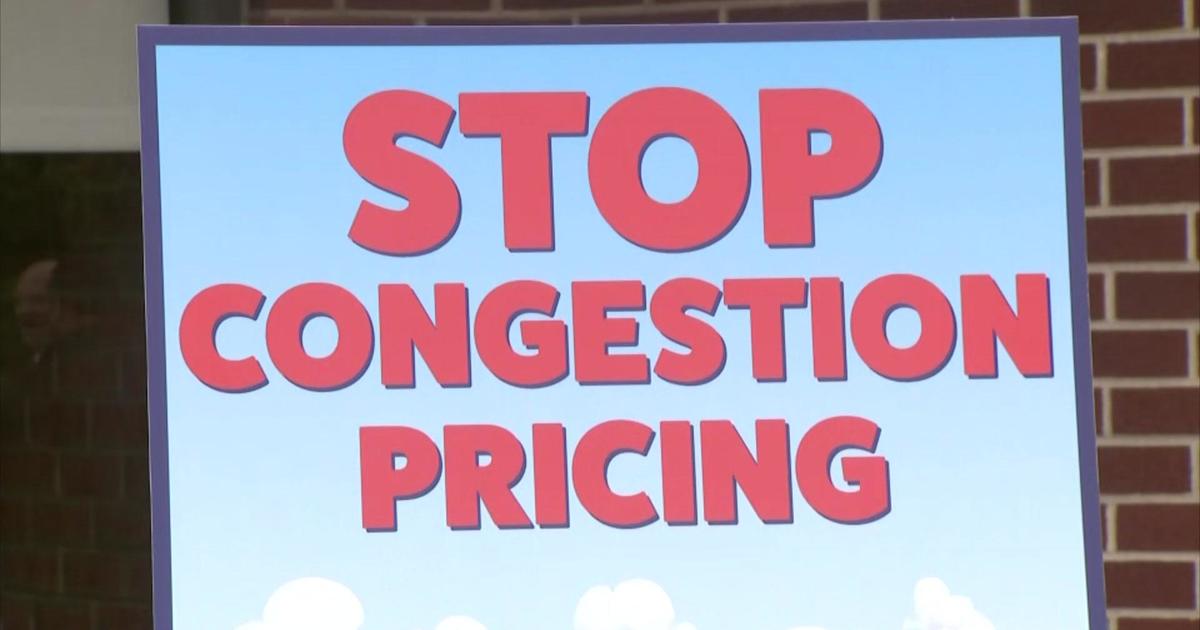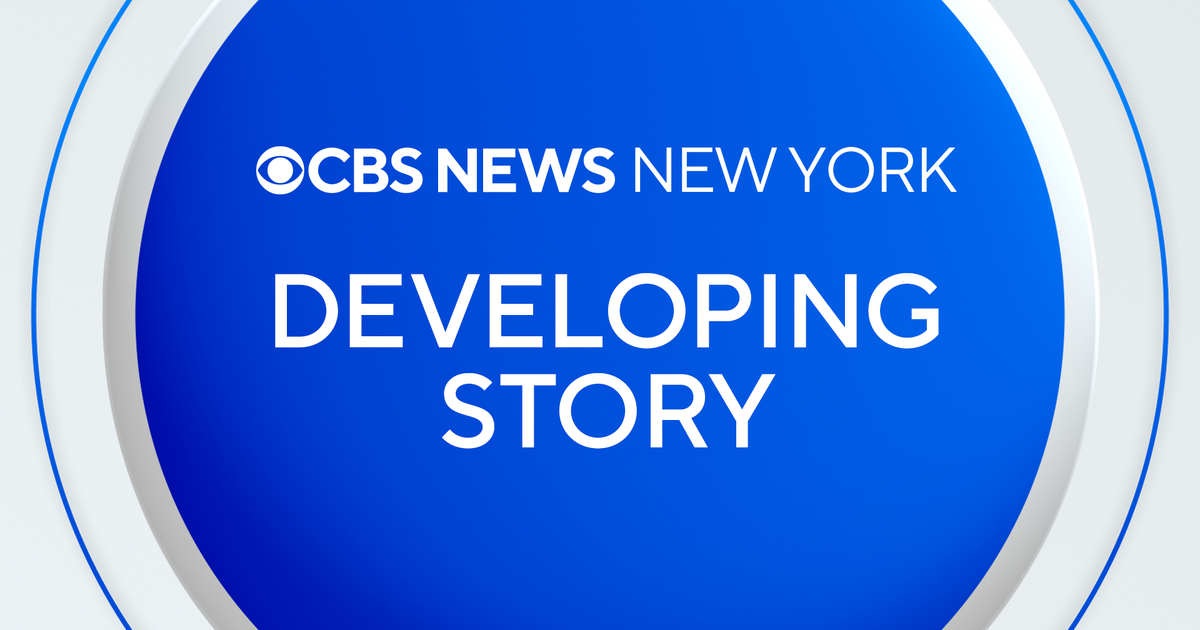Amid Air Flow Tests, CBS 2 Learns Of Ventilation System Protecting NYC
NEW YORK (CBSNewYork/AP) -- The NYPD and the Brookhaven National Laboratory installed air sampling equipment on Tuesday to study how chemical weapons could be dispersed through the city's subway system.
The three-day study is called "Subway-Surface Air Flow Exchange'' and is to be being conducted in parts of all five boroughs. Tuesday's testing ended at 3 p.m. Two more tests will be run this month. The exact dates will be announced 24 hours ahead of time, the NYPD said.
For more information about the air flow study, click here.
The test featured researchers releasing low-level concentrations of harmless gases, called Perfluorocarbon, at several of the city's 468 subway stations for 30 minutes.
NYPD To Study Air Flow, Gas Dispersal In Subways
"Forty percent of plots around the world are focused on transportation. We have had, I believe, five of the 16 plots against our city directed at the subways, so we have to be vigilant," Police Commissioner Ray Kelly told CBS 2's Marcia Kramer.
The gases are odorless and colorless and have been used as a testing agent for decades to detect leaks in gas lines and have been used in the medical field to help infants breathe easier.
Internal documents obtained by CBS 2 note that boxes containing tubes which absorb gases in the air were placed in various subway locations. Police officers were instructed to guard the boxes and not to leave their posts except in a case of an emergency. Officials did not release exactly which stations were part of Tuesday's test.
"It's a very complicated situation and we want to give the NYPD and emergency responders some information about where people should go or how they might evacuate people," said Paul Kalb, a research engineer for Brookhaven National Laboratory.
The data collected will help first responders better understand how airborne contaminants could travel through the system so appropriate emergency responses can be developed.
The goal is also to pinpoint the exact dangers of a possible airborne terror attack.
"It's for the day we hope never happens, so we're being safe," NYPD spokesman Paul Browne told 1010 WINS. "Not only from a terrorist attack, but from some kind of accidental event in which the air is contaminated in some kind of deadly fashion."
So why now, 12 years after the 9/11 attacks? Officials told CBS 2's Kramer that it's being done now because Department of Homeland Security officials decided to give the city $3.4 million for the study and because the art of air flow testing has improved.
But it's not as if they city's 5 million daily subway riders have been left unprotected since 9/11. CBS 2 has learned that somewhere in the city, at an undisclosed location guarded by counter terrorism cops, transit officials have a gigantic ventilation system the size of a brownstone that can suck poisons out of the system -- and limit exposure if there is an attack.
Many straphangers Tuesday morning seemed to like the idea of the study.
"I mean, the matter of seconds between knowing and not knowing is the matter of a few lives I guess," commuter Ariel Ortiz told CBS 2's Kathryn Brown.
"How would we know unless they test it," said another commuter.
But others weren't so sure.
"Its like, what do they know that we don't know? What are they preventing? That's what's scary," said commuter Eileen Fernandez.
Check Out These Other Stories From CBSNewYork.com:
(TM and © Copyright 2013 CBS Radio Inc. and its relevant subsidiaries. CBS RADIO and EYE Logo TM and Copyright 2013 CBS Broadcasting Inc. Used under license. All Rights Reserved. This material may not be published, broadcast, rewritten, or redistributed. The Associated Press contributed to this report.)




